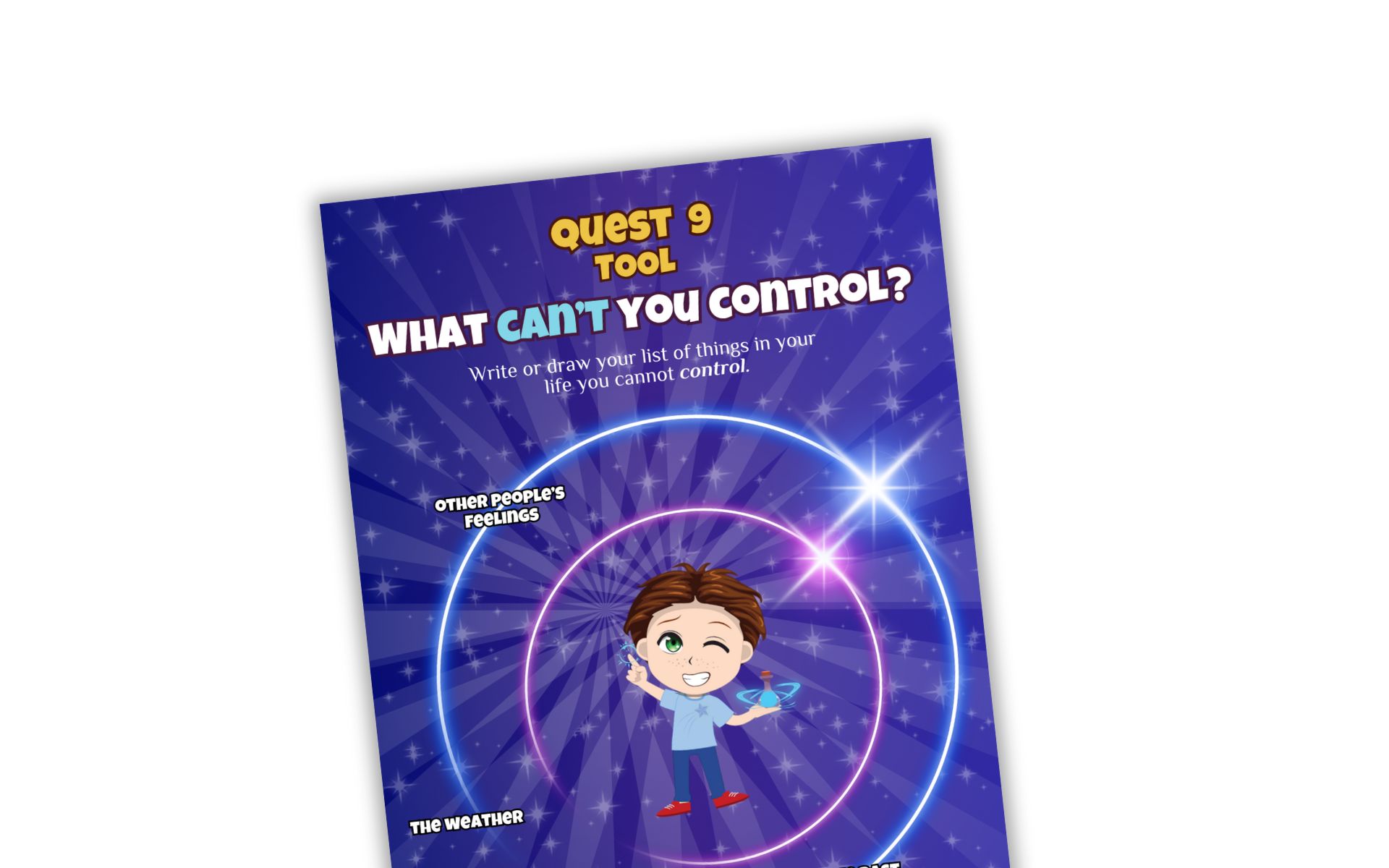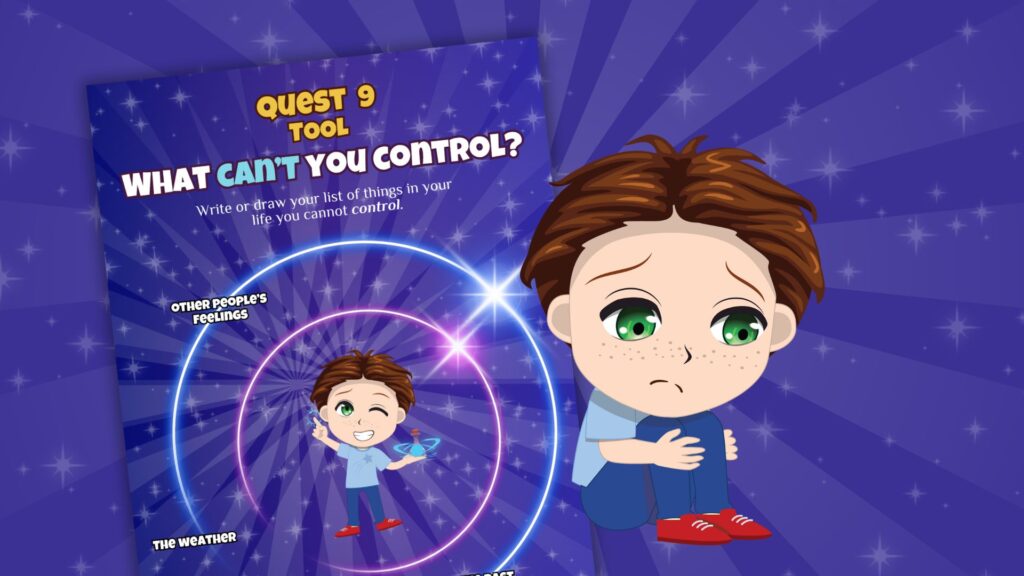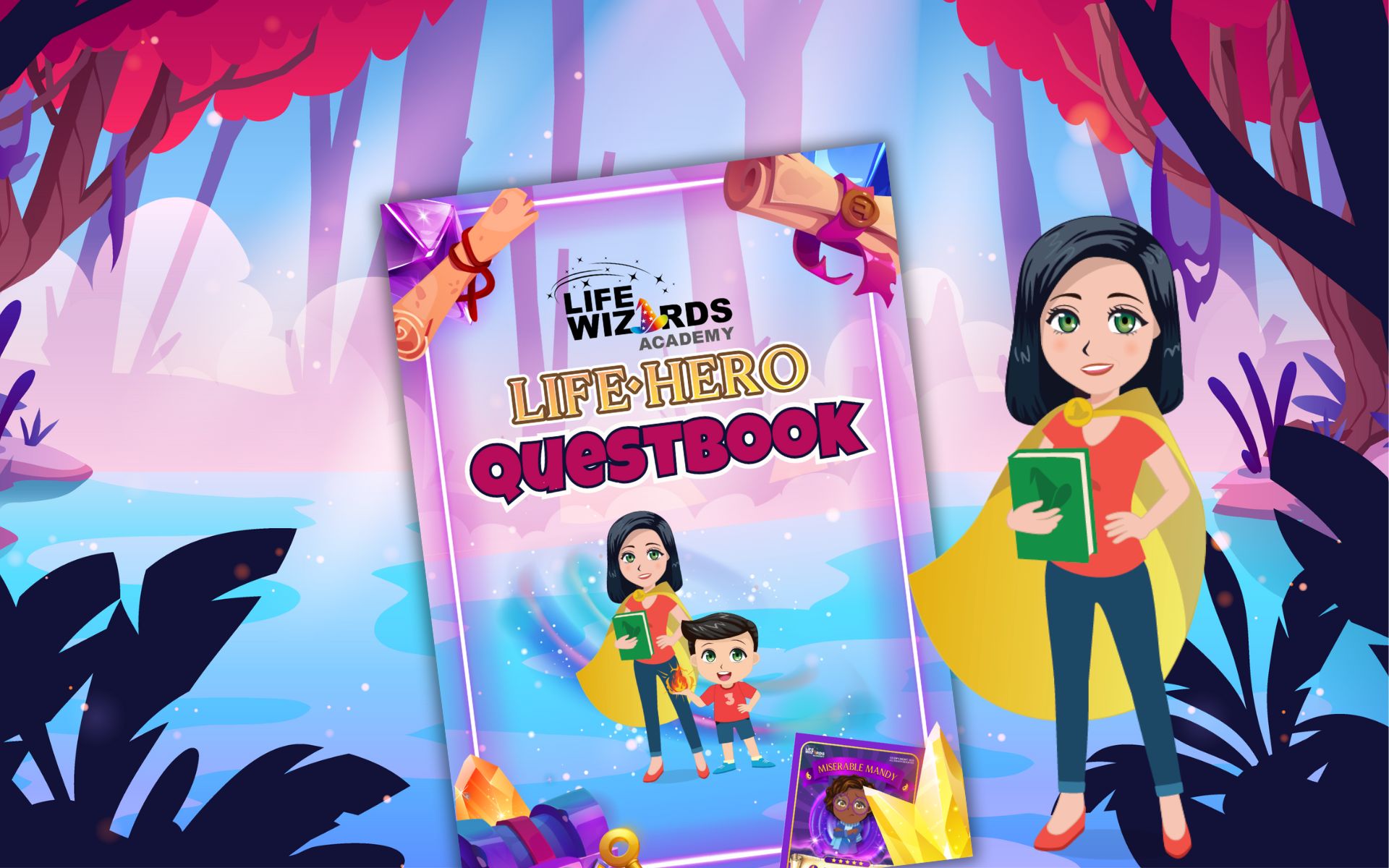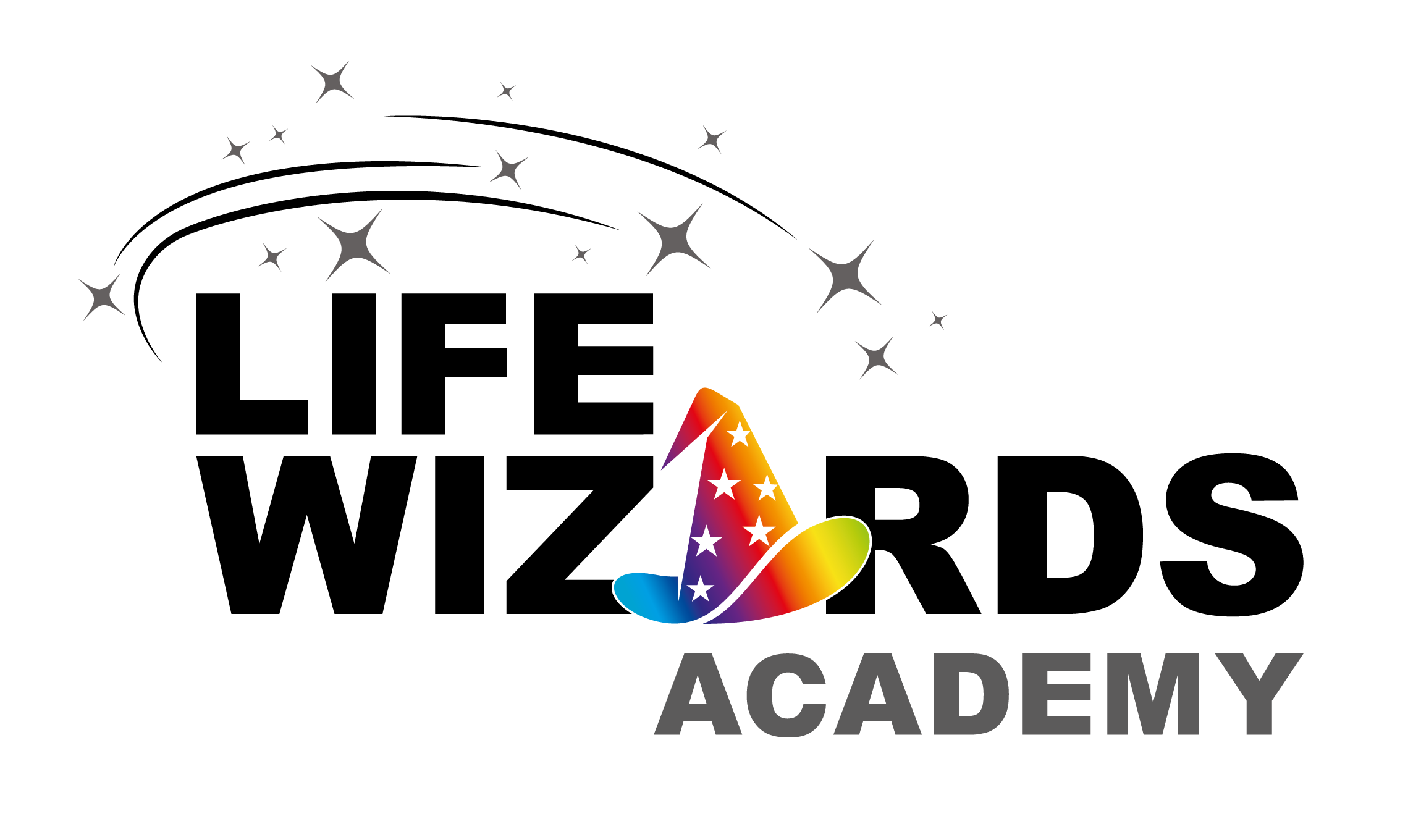Has your child ever stopped you in your tracks with a question that feels way beyond their years? Perhaps they’ve suddenly expressed worry about melting ice caps, or the latest headlines in world politics. It can be tempting, in our busy lives, to brush these concerns aside with a well-meaning but dismissive, “Don’t be silly.”
But pause for a moment. The fact that your child has voiced these worries means they are very real for them. Their little minds are processing information from school, conversations they overhear, and perhaps even snippets of news. Dismissing their fears, however unintentionally, can leave them feeling unheard, confused, and even more anxious. So, how do we navigate these big, complex issues with our young worriers?
One incredibly effective technique I use is called “Circles of Control.” This simple yet powerful tool helps your anxious child understand the difference between the things they can influence and the things that are outside of their direct control. It’s a visual way for them to sort through their big worries, bringing a sense of clarity and calm to overwhelming feelings.

Imagine drawing three concentric circles. In the innermost circle, you and your child can brainstorm the things they have direct control over – their own actions, their choices, their reactions. This might include things like tidying their room, being kind to a friend, or choosing what to eat for a snack.
The middle circle represents things they have some influence over. This could involve talking to their teacher about a school issue, sharing their concerns with family members, or making small changes in their daily routine, like turning off lights to save energy.
The outermost circle is for the things they have absolutely no control over – world events, the weather, other people’s decisions.
By visually placing their worries within these circles, your child begins to see that while some issues are significant, their ability to directly impact them might be limited. This isn’t about diminishing the importance of these issues, but rather about helping them focus their energy on what they can do, fostering a sense of agency rather than helplessness.
Beyond the “Circles of Control,” it’s also crucial to equip your child with tools that cultivate positivity and hopefulness. While acknowledging their worries is vital, dwelling solely on the negative can amplify anxiety. We need to help them find the light amidst the shadows, focusing on solutions, acts of kindness, and the good that exists in the world.
This might involve exploring stories of people making a positive difference, focusing on scientific advancements that address climate change, or simply highlighting the everyday acts of compassion they witness. These small shifts in perspective can make a real difference to your child’s overall sense of well-being, fostering resilience and a belief in a brighter future.
Would you like access to tools like the “Circles of Control” and many more resources designed to help your child navigate anxiety and cultivate a positive outlook?

My Questbook is packed with practical techniques and engaging activities to empower your child with emotional intelligence and resilience. It’s available to buy online now and is a fantastic resource for parents seeking tangible ways to support their anxious child.

Let’s equip our children not just with awareness of the world’s challenges, but also with the inner strength and tools to navigate them with balance, hope, and a sense of calm.
Need some tailored help? Email: magic@lifewizardsacademy.com to discuss my one to one coaching sessions for parents and kids.

